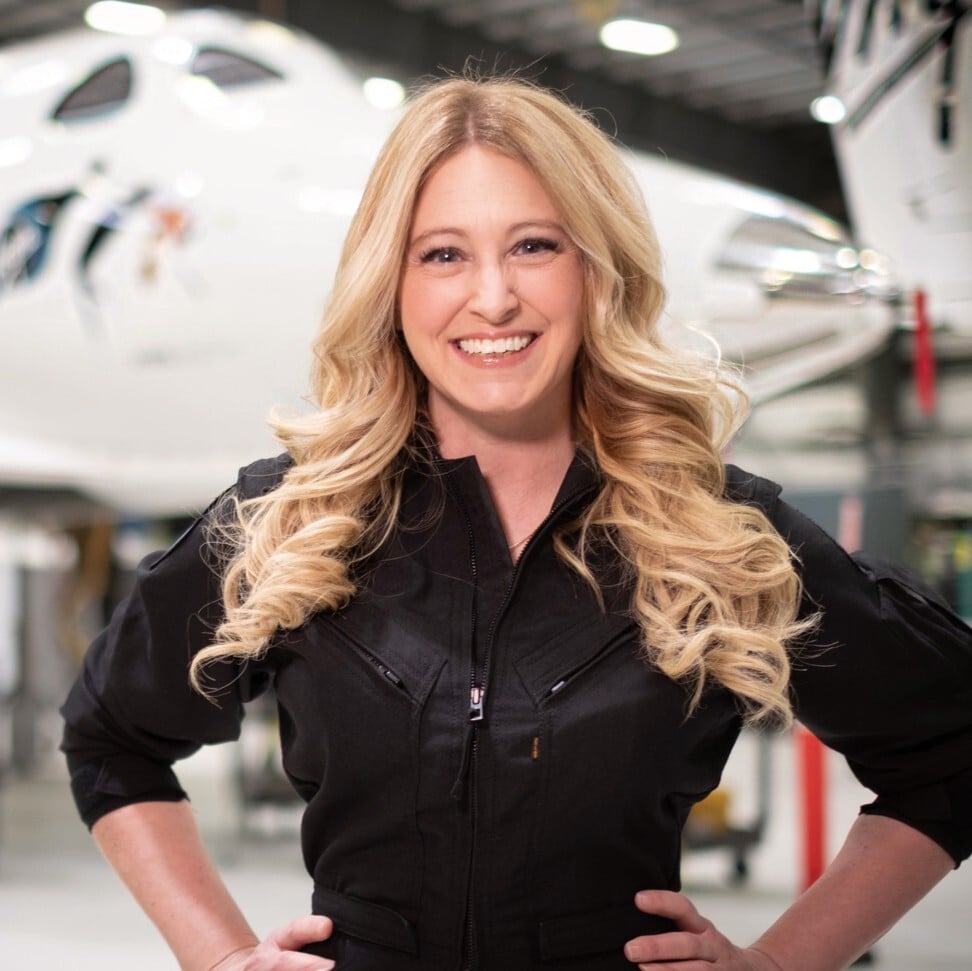
Women in space: for female astronauts and engineers, the push for gender equality on and off Earth isn’t rocket science
- Women have played crucial roles in space flight, as mathematicians, engineers and astronauts
- They have mostly taken second place to men, but the advent of space tourism could change that

“Naturally you needed a man with the courage to ride on top of a rocket, and you were grateful that such men existed,” Tom Wolfe wrote in The Right Stuff, his exposé of the astronauts behind Project Mercury in the late 1950s and early ’60s – America’s first space flight programme. They were men who, as Wolfe put it, had “the right stuff”.
However, a number of the unsung heroes in humanity’s quest in space at that time were women. Dana Ulery became the first female engineer at Nasa’s Jet Propulsion Laboratory in 1961, and was crucial to the success of John Glenn’s orbital space flight in 1962.
The biographical drama Hidden Figures (2016) highlighted the roles of Mary Jackson, Katherine Johnson and Dorothy Vaughan, three mathematicians who also played a vital role in the success of Glenn’s mission.
For former Nasa engineer Beth Moses, who now works in the commercial sector for Virgin Galactic, growing up in Chicago’s suburbs a decade or so after Project Mercury and seeing posters in libraries and televised shuttle launches, space exploration became a personal goal.

“I was really fortunate to grow up when there was a robust international human space effort,” Moses says. “Nasa astronauts and even Russian cosmonauts were part of everyday culture. The latest Pepsi commercial had a space shuttle launching.
“I just always knew I wanted to build and fly spacecraft. And that’s probably because I was a little bit of a tomboy and tinkerer, even when I was a very young girl.”
Hard on the heels of cosmonaut Yuri Gagarin – the first human to orbit the Earth in 1961 – fellow Soviet Valentina Tereshkova became the first woman to travel into space.
By the time of her flight in June 1963, the US had already launched six Project Mercury astronauts, logging a cumulative 34 Earth orbits and 51 hours in space. In her own continuous flight, Tereshkova logged 48 orbits over 71 hours, almost single-handedly eclipsing US efforts up to that point.
Soviet Svetlana Savitskaya became the first woman to walk in space in 1984. In 1983, Sally Ride became the first US woman to travel into space.
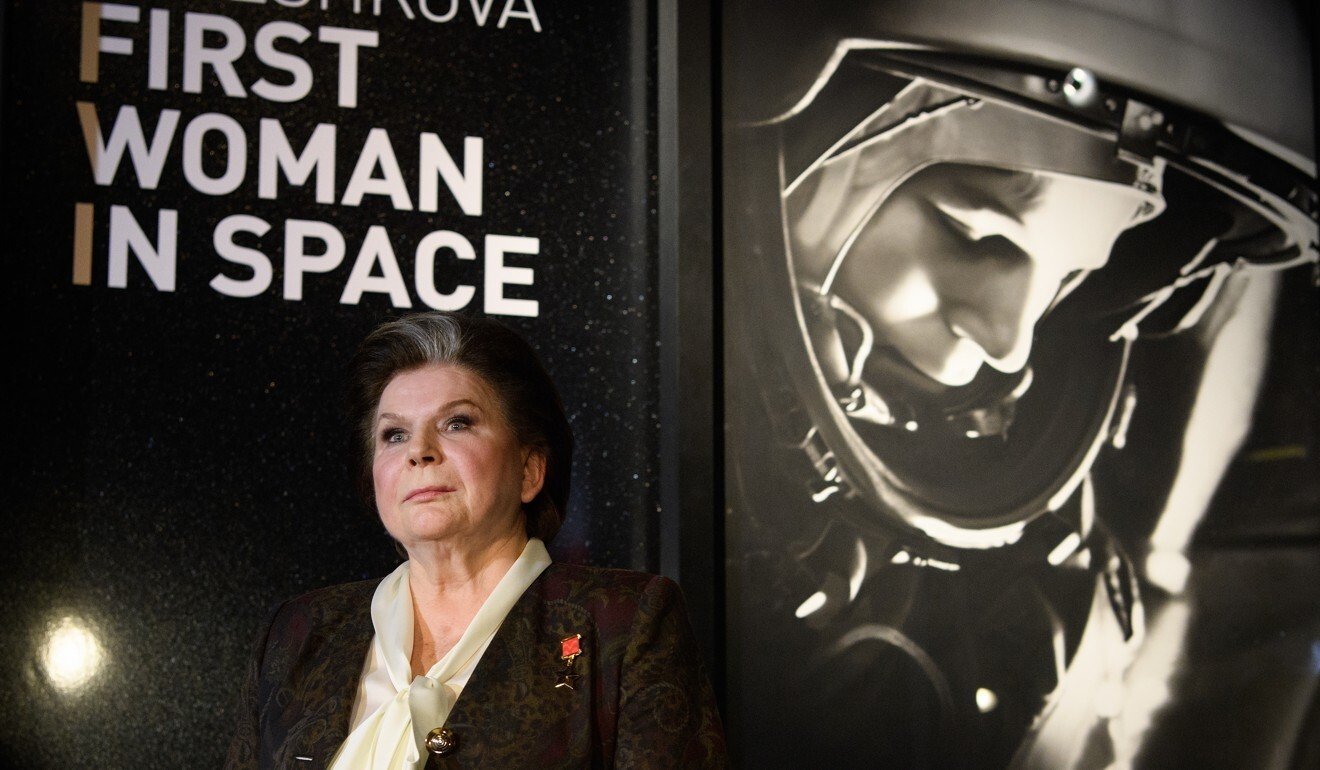
“I certainly did have heroes,” Moses says. “When I became aware of astronauts as a profession, the contemporary working astronauts were the early space shuttle astronauts.
“So Sally Ride is a classic example, as is her whole astronaut class. But also the whole era of early shuttle astronauts like John Young and Bob Crippen.”
Yet space travel, like many earthbound fields, has become a frontier dominated by men. Only 11 per cent of those who have ventured into space have been women – and only in second place. A woman became second to orbit the Earth, second to travel into space and second to walk in space.
No one ever cared what colour you were, what gender you were, what country you came from or what language you spoke. All anybody really ever cared about was if you showed up at the table with solutions
Moses earned a bachelor’s and master’s degree in aeronautical and astronautical engineering at Purdue University in the US state of Indiana, during which time she was accepted into a Nasa student employment programme at the Johnson Space Centre. She later joined Nasa as a full-time engineer, becoming the only student accepted by the space centre that year.
“I worked on the International Space Station [ISS],” Moses says. “I started when the ISS was on the drawing board. And then when it was finally built, I tried to figure out what was next.”
During her design work on the space station, Moses had little time to contemplate gender roles at Nasa.

“We were facing so many integration challenges that, honestly, no one ever cared what colour you were, what gender you were, what country you came from or what language you spoke. All anybody really ever cared about was if you showed up at the table with solutions and could translate everybody else’s input at the table,” Moses says.
“I can honestly say, I’ve never experienced a gender-related challenge other than people asking me to describe gender-related challenges … There were design requirements for the space station that did explicitly call out gender, but only in a technical sense. The design requirements were literally to accommodate everyone from the fifth percentile Japanese female to the 95th percentile American male.”
As companies such as Elon Musk’s SpaceX and Richard Branson’s Virgin Galactic work towards making commercial space travel viable, the field has the potential to level the field of gender inequality. But will the trend of men first, women second, continue?
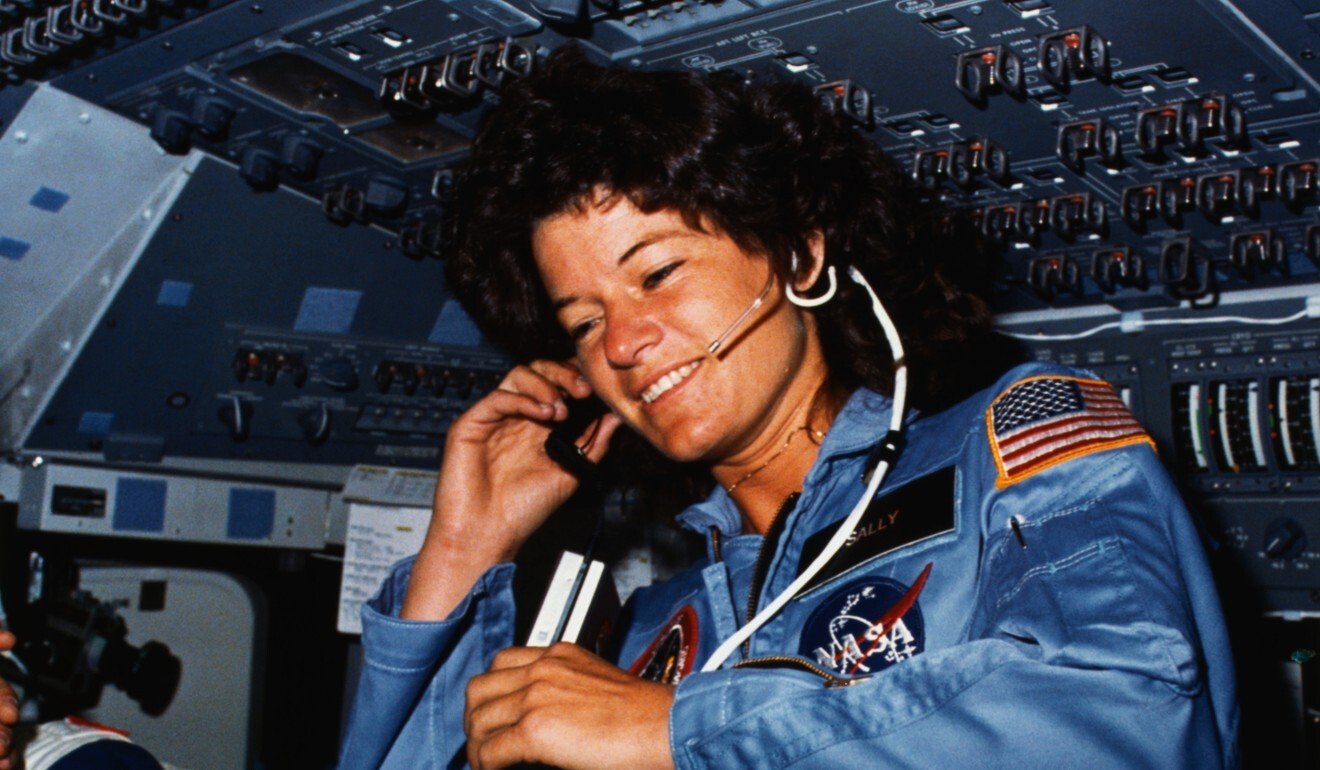
The successful return test flight of SpaceX’s Dragon Crew Demo-2 to the ISS this year heralded a “turning point for America’s future in space exploration”, according to a company statement, but the crew was all-male.
As a federal agency, Nasa cannot give comments to news outlets based in China, including Hong Kong. However, its webpage, Women at Nasa, celebrates the roles of women at the agency, including astronauts, engineers, analysts and interns.
Nasa astronaut and aerospace engineer Jeanette Epps is one to watch as she joins the first operational Boeing crew mission to the International Space Station planned for next year.
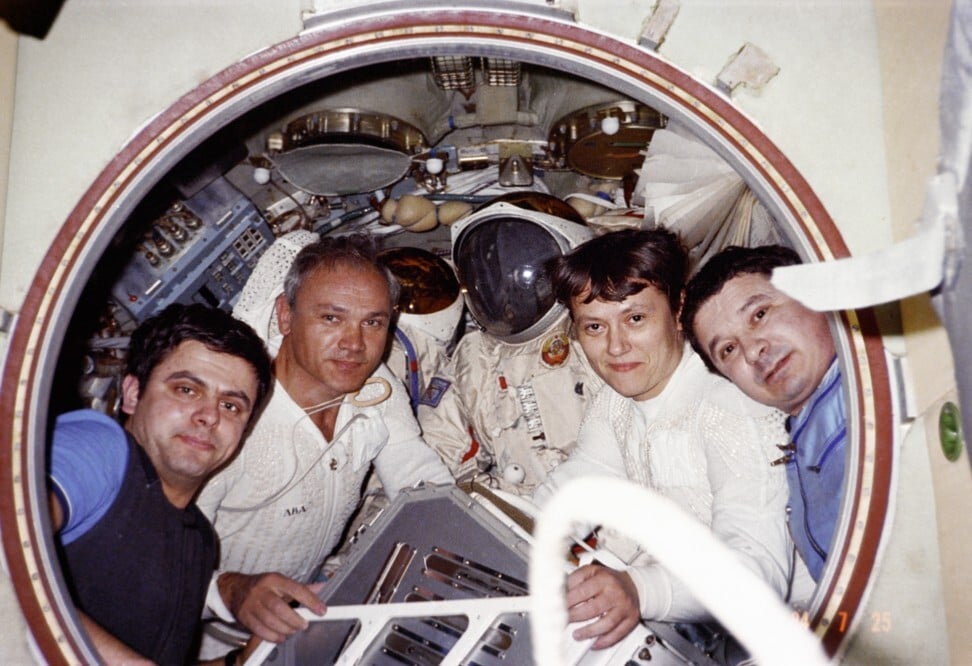
Vice-president of communications at Virgin Galactic, Aleanna Crane, joined the company for an opportunity to “be part of something that was breaking new ground”.
“We’ve been lucky to attract talented women who are in a variety of leadership roles and individual contributor roles,” Crane says. “We have many great women in communications, sales and marketing roles, as well as across the various technical, engineering and business roles around the company.”
Moses joined Virgin Galactic as chief astronaut instructor in 2013. Her lateral move to the first publicly traded space flight company sent her career skywards. In February 2019, she became the first woman to make a space flight on a commercially launched vehicle.
More importantly, she was the first person to be unstrapped from her seat during a suborbital mission. “All of my experience leading up to that point was perfectly tuned and uniquely suited to the mission. And if you’re going to train others to fly, it’s best if you’ve done it yourself,” Moses says.

“In my years at Nasa, I had completed close to 1,000 parabolas of zero-gravity research. So the idea of going in and out of weightlessness rapidly, and performing very complex, potentially dangerous tasks was well within my background.”
Moses’ unstrapping at the point of apogee – where a spacecraft reaches the pinnacle of a suborbital flight – was a crucial test for establishing how commercial passengers would handle navigating weightlessness on future Virgin Galactic flights.
Considering the spacecraft returns to Earth ballistically, the time, and ease with which, tourists can leave their seat, go to a window to see the Earth and return to their seats in zero gravity is an important safety requirement.
The notion that the world’s middle-class could have the opportunity to peer at the “blue marble” before 2100 is not insignificant. In Moses’ opinion, as the 571st human being and the 63rd woman to travel into space, and whose test made her commercial astronaut 007, the ability to do so would be a giant leap for mankind.
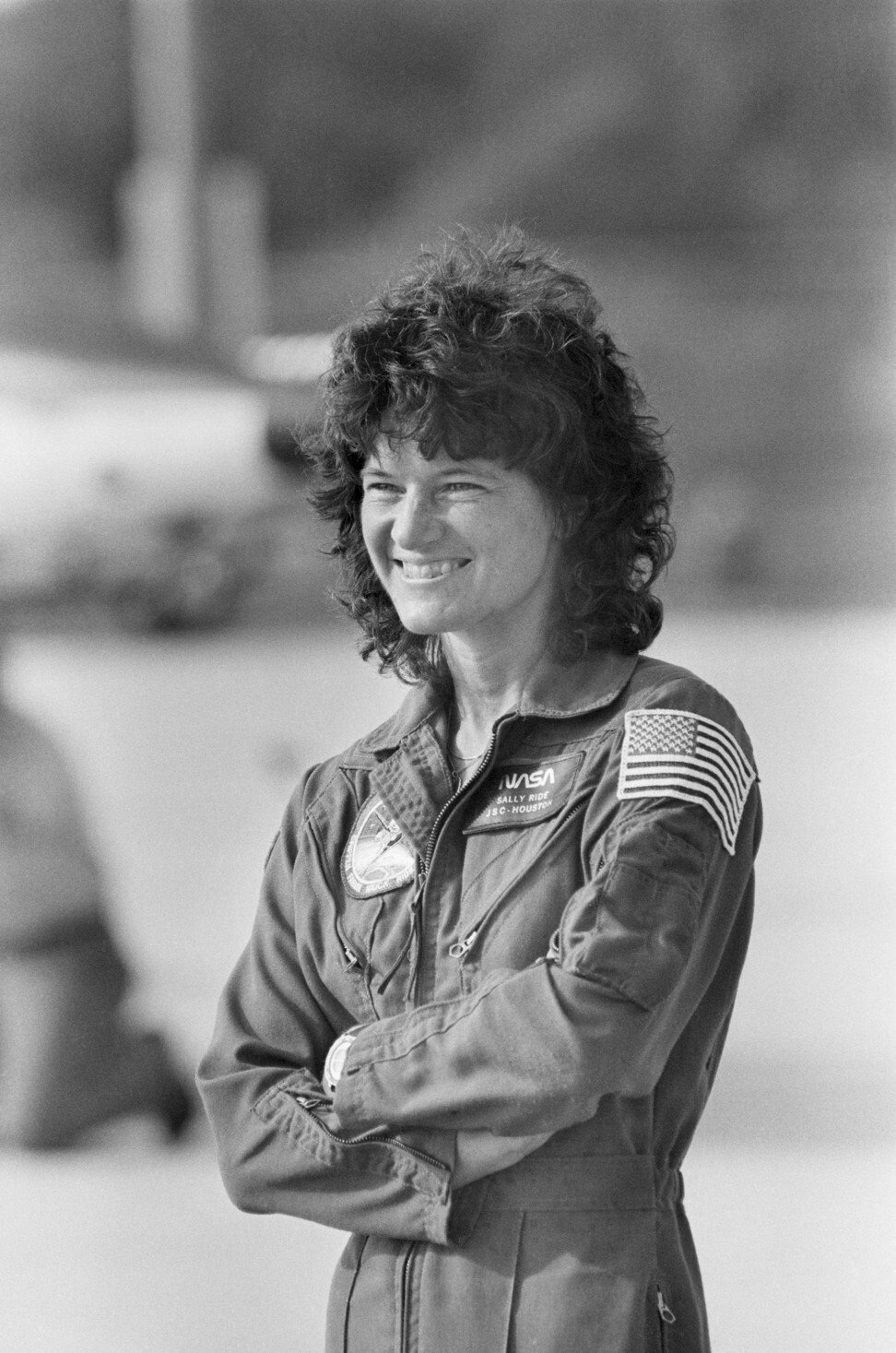
“The sight of Earth from space, especially if you are completely still and weightless like I was, is a life-changing event,” she says. “I don’t say that because I’m a space geek. I say that because every human being that has ever been to space comes back and says the same thing.
“The more people that can see Earth from space, the better we will take care of each other … It would be a global awakening. It’s incredibly meaningful that we see ourselves as humans first and any dividing labels, like gender, second.”
About 600 customers have booked a US$250,000 seat to travel with Virgin Galactic into space – more than the total number of people who have done so to date. A further 700 people have put down US$1,000 deposits as part of Virgin Galactic’s One Small Step programme to cope with demand, which guarantees first right of refusal for a seat.
“We have thousands and thousands of people who want to go,” Crane says. “A lot of our customers are of an era who watched the moon landing. So they’ve wanted to go since they were kids, which is also a big part of where Sir Richard Branson’s dream began. The ultimate dream is to democratise space travel, providing that transformative experience of space to all.”